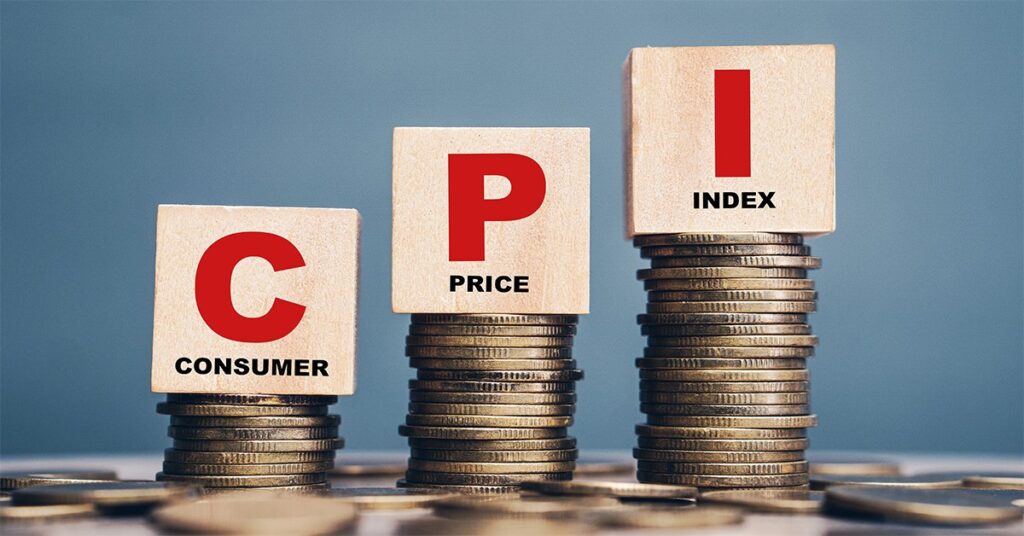While overall inflation merely simmered in July, core inflation excluding food and energy prices was a degree hotter last month, data released Tuesday by the Bureau of Labor Statistics (BLS) revealed.
The bureau’s seasonally adjusted consumer price index (CPI) rose 0.2% month over month in July and 2.7% from the prior year following 0.3% monthly and 2.7% annual increases in June.
But core CPI, which removes the more volatile food and energy categories, climbed 0.3% last month and is up 3.1% over the past 12 months. In June, BLS data showed core inflation rising 0.2% month over month and 2.9% year over year.
The monthly inflation increases were in line with consensus economist estimates compiled by FactSet. On a 12-month basis, headline inflation came in slightly lower than the anticipated 2.8%, while core inflation overshot its expected mark of 3%.
First American Senior Economist Sam Williamson commented that despite the hotter core reading — which saw its highest year-over-over increase since February — impacts of the Trump administration’s global tariffs “remain spotty.”
“Tariffs are beginning to push up prices in select import-heavy categories, like furniture and car tires, but broader impacts remain muted,” Williamson observed. “Some tariff-sensitive areas, like men’s and women’s apparel, even saw price declines — suggesting businesses may still be absorbing cost pressures.”
Get these articles in your inbox
Sign up for our daily newsletter
Get these articles in your inbox
Sign up for our daily newsletter
According to an estimate from the Yale Budget Lab released Aug. 7, the overall average effective U.S. tariff rate now stands at 18.6%, its highest level since 1933.
Wells Fargo economists Sarah House, Michael Pugliese and Nicole Cervi think the pass-through of tariffs to consumer prices will be a gradual process, meaning CPI inflation should “remain stuck near its current pace over the next year or so.”
“Stockpiling and reluctance to immediately raise prices has helped mitigate the impact to consumers thus far,” they wrote in an analysis. “However, with tariff rates settling higher and no reason to think they will come down for the foreseeable future, we expect the added costs will continue to seep through to selling prices in the months ahead, leading to further strength in goods prices.”
Despite inflation “drifting in the wrong direction,” the Wells Fargo economists believe the Federal Reserve will be forced to cut interest rates by 25 basis points at each of its next three meetings due to a labor market that is “showing signs of lost momentum.” A BLS report released Aug. 1 showed a significant decline in U.S. hiring trends, with just 73,000 nonfarm jobs added in July, well below the consensus estimate of 110,000.
That downbeat jobs data spiked the odds of a quarter-point Fed rate cut in September to around 94%, according to the CME FedWatch tool, which tracks interest-rate futures contracts. Following Tuesday’s inflation report, those odds still hover around 94%, with 62% chances the Fed will cut rates again in October and 50% odds of a further quarter-point cut in December.





















































